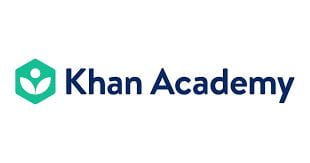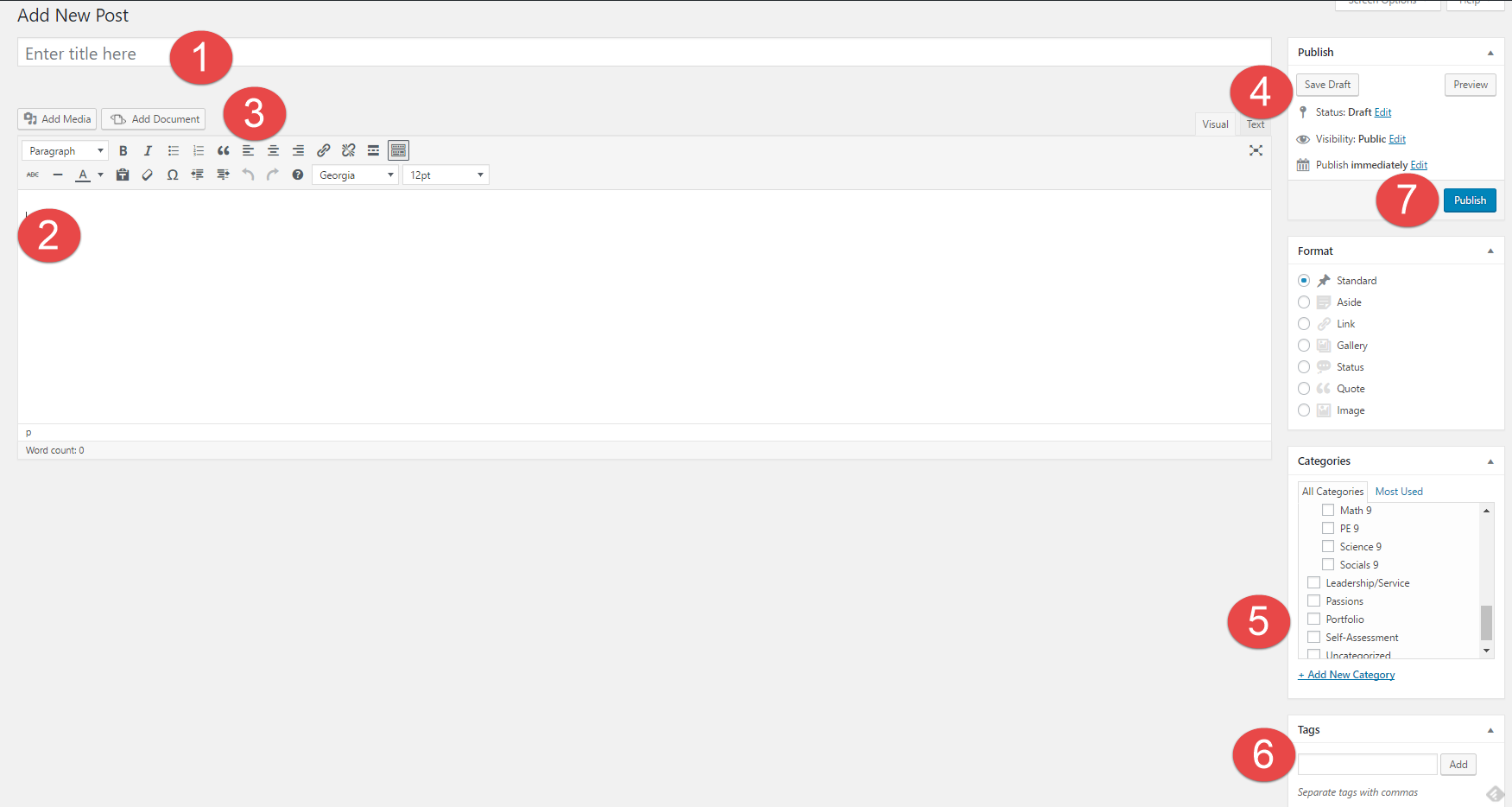My practice interview was a beneficial experience because it helped boost my confidence and made me feel more prepared for my actual interview. Practicing my interviewing skills with someone I know and who is my age will help me ease into conducting a proper, formal interview with my eminent person, instead of doing it with little previous experience. I asked clear and specific questions that were still open-ended enough to allow for follow-up questions that I developed during the interview. My follow-up questions helped me gain more detailed answers from my interviewee, leading to my next guiding question. I also stated with easy warm-up questions and maintained eye contact to make my interviewee feel comfortable before I got into the meat of the interview. Using these techniques made my interview flow nicely between questions, making it more conversation-like, allowing me to touch on various topics and ask more personal questions. For future interviews, I need to maintain appropriate body language that shows that I am engaged and interested in my interviewee’s responses. Also, during the practice interview, I asked follow-up questions very rapidly, partly because I was inexperienced and did not want to exceed the time frame. I need to add more time between questions to give my interviewee a chance to elaborate or add fascinating facts.
During the practice interviews, I also got the opportunity to be the interviewee and assess my peers. Being the interviewee aided me in understanding what I needed to do as an interviewer to make my interviewee feel comfortable. My partner’s technique started with a cordial greeting and some small talk to ease me into the interview, which helped lead me to questions that required more thought to answer. As the interviewee, I also understood what types of questions are difficult to answer or need clarifying. Understanding this will allow me to order my questions accordingly to make my interview easier for the interviewee. Observing my peers while they conducted their interviews was very insightful as it helped me recognize areas I need to improve on and some of my strengths as an interviewer. Recognizing my strengths will aid me in my interview because I can use them to my advantage. For example, I excel at developing follow-up questions that make my interview flow naturally, so when I conduct my actual interview, I will make my guiding questions very open-ended and use follow-ups to get detailed answers and transition into the next question.
Conducting the practice interviews was very useful as it helped me recognize areas of improvement and my strengths. Playing different roles in the practice interviews, such as the interviewer, interviewee, and evaluator, allowed me to observe the interviewing process from different angles, and this will help me conduct an effective interview with my eminent person. I will continue to practice my interviewing skills in my free time and during my Career Education 9 assignment, where I need to interview two individuals to prepare for my actual interview.



